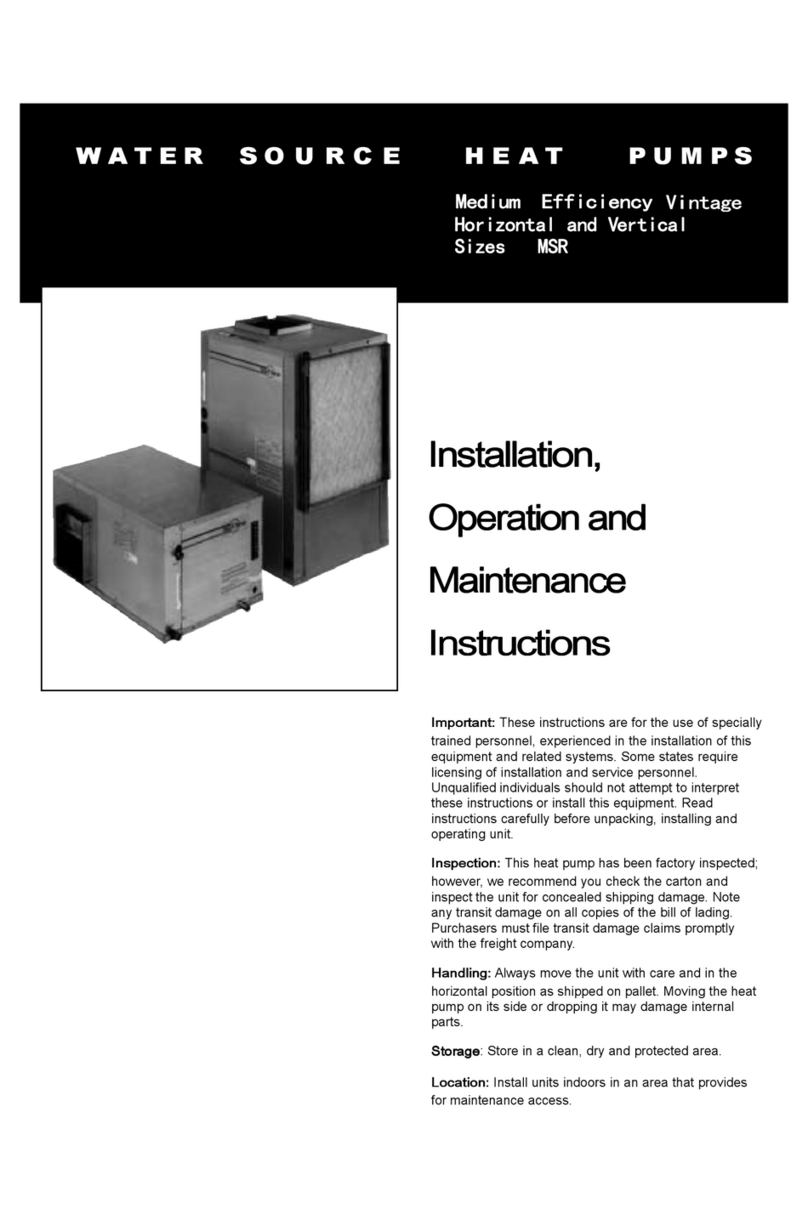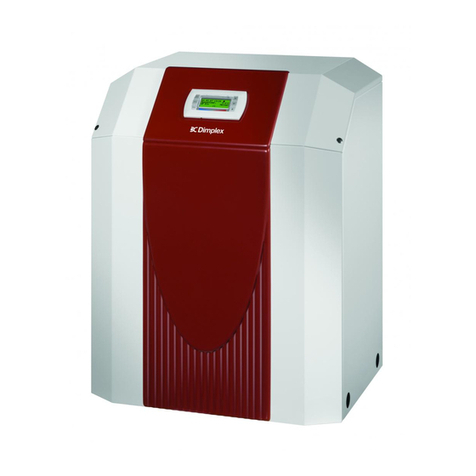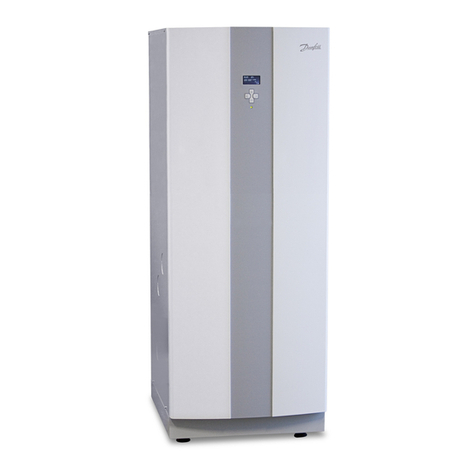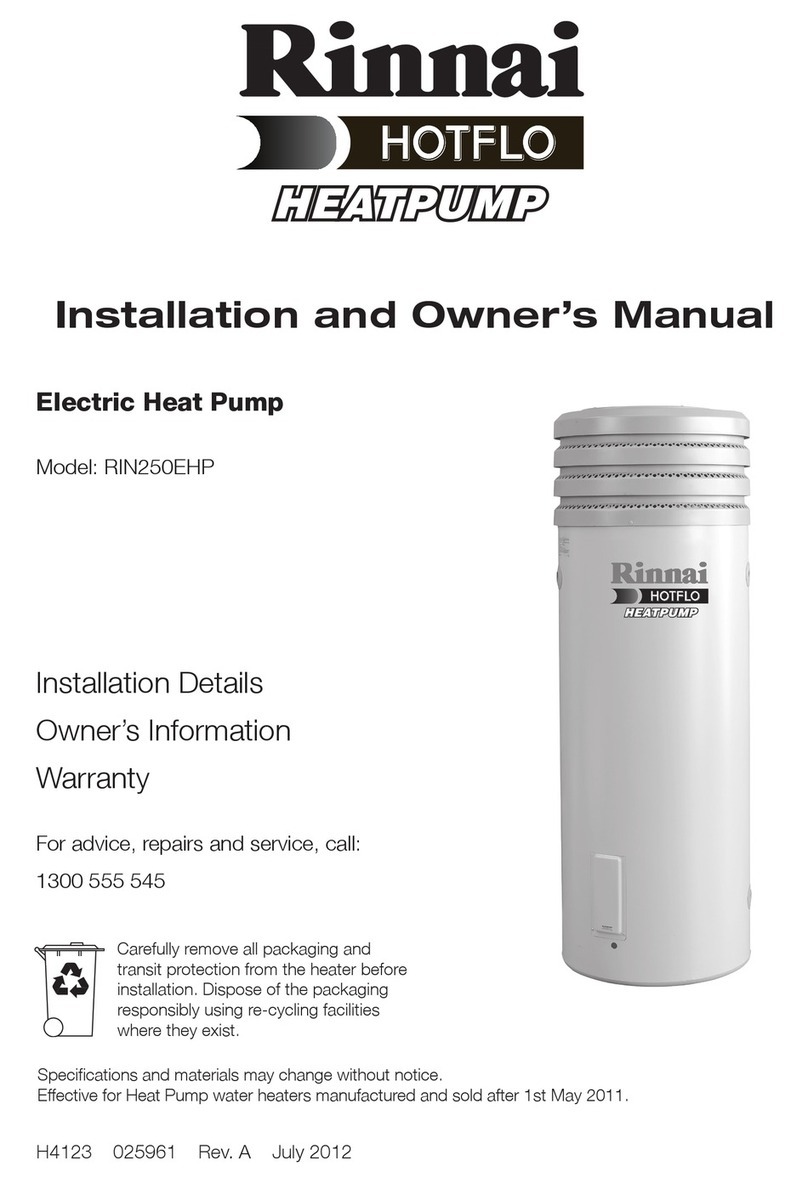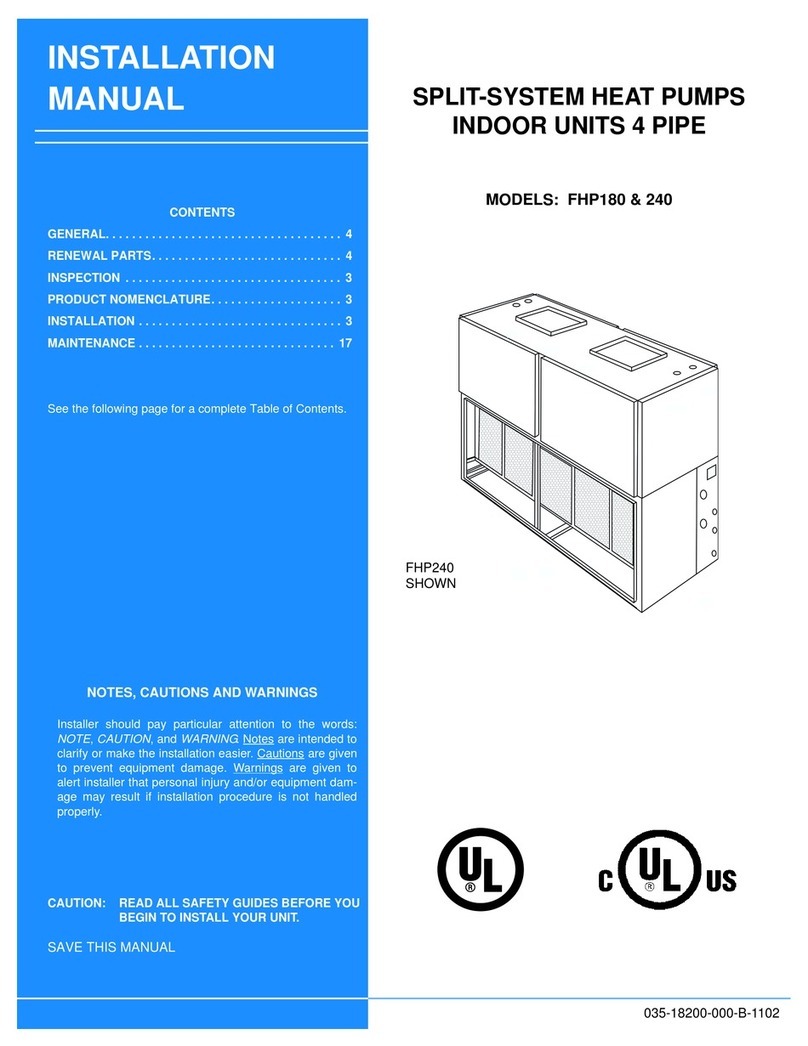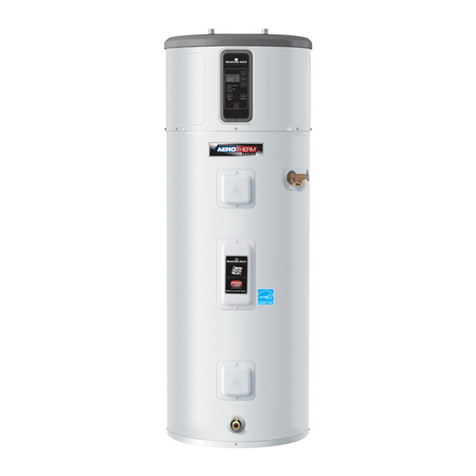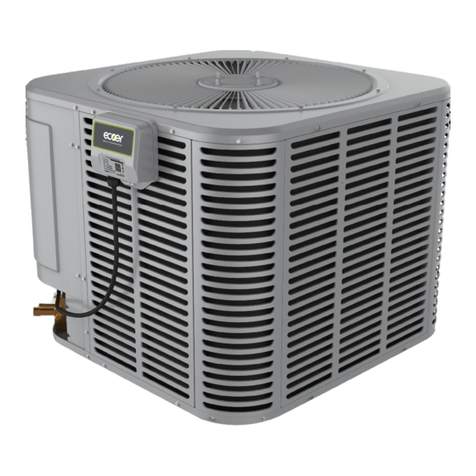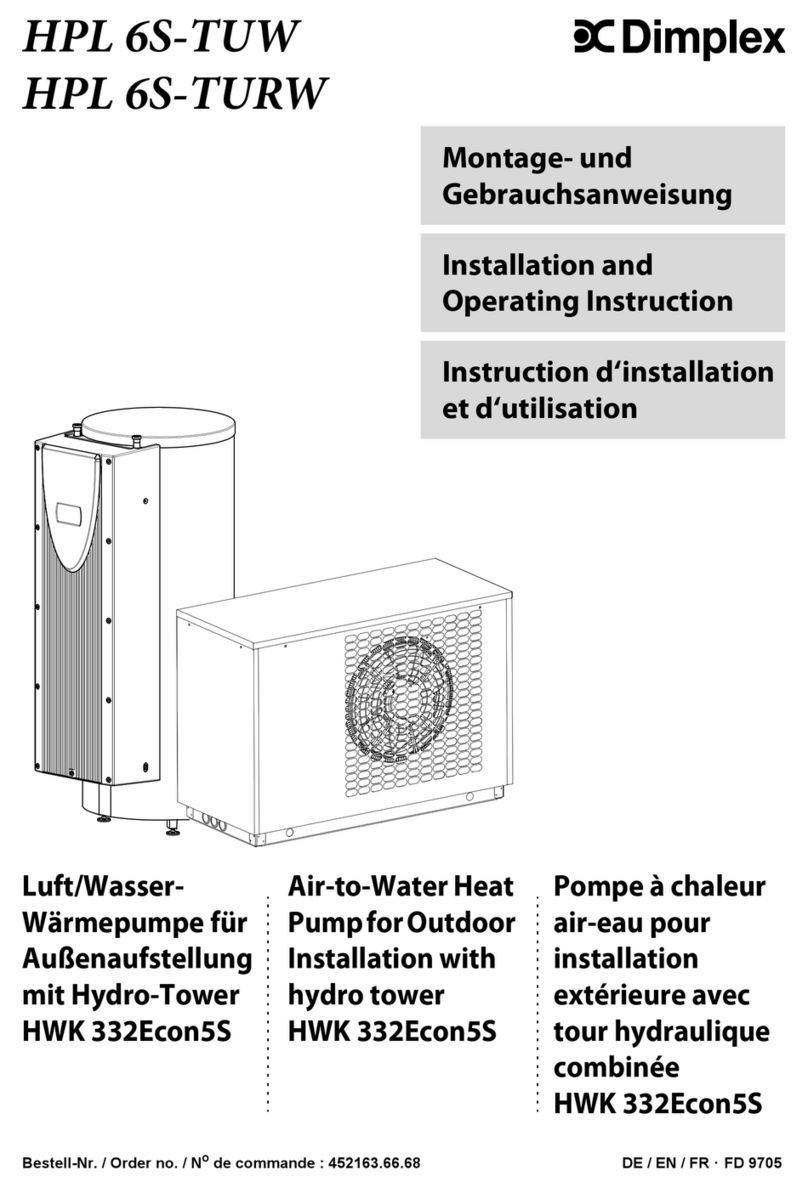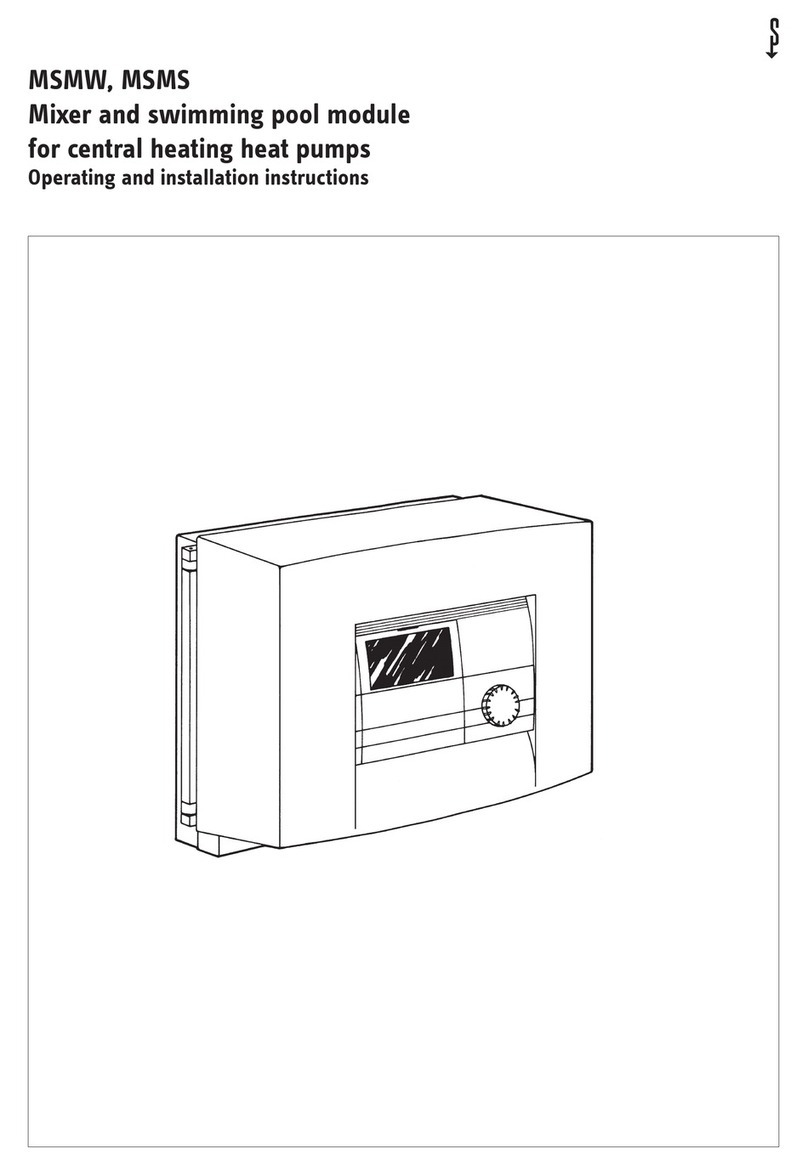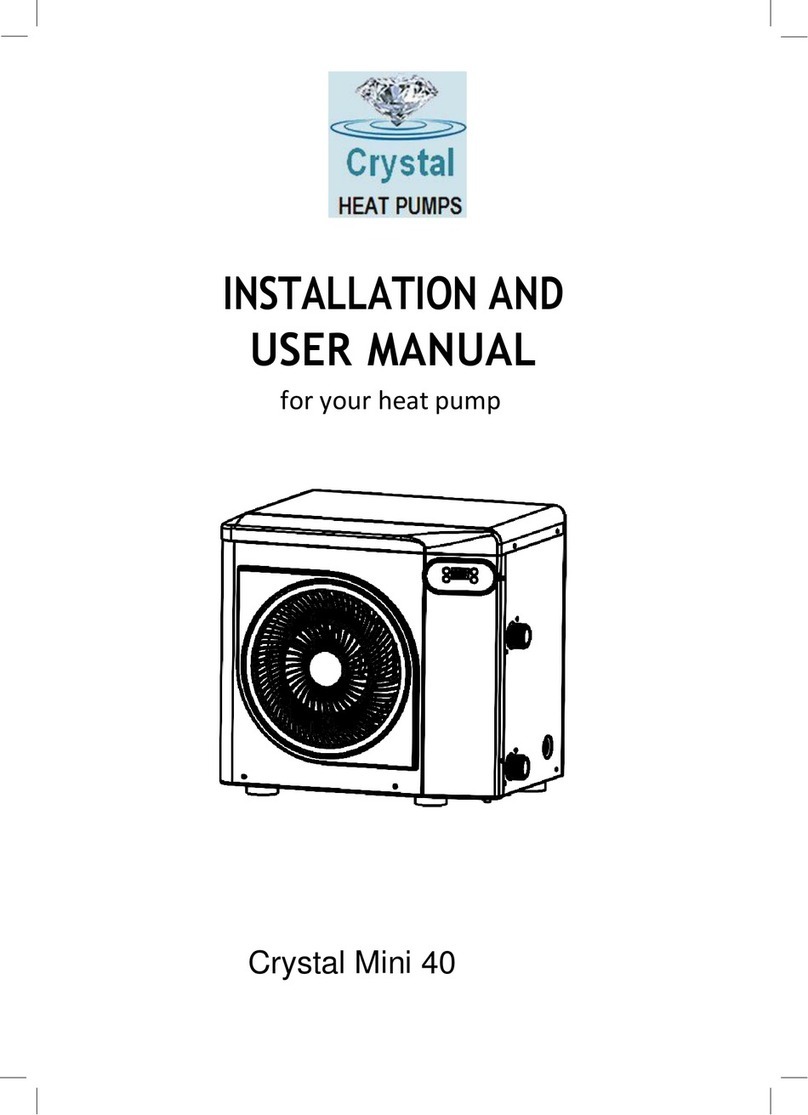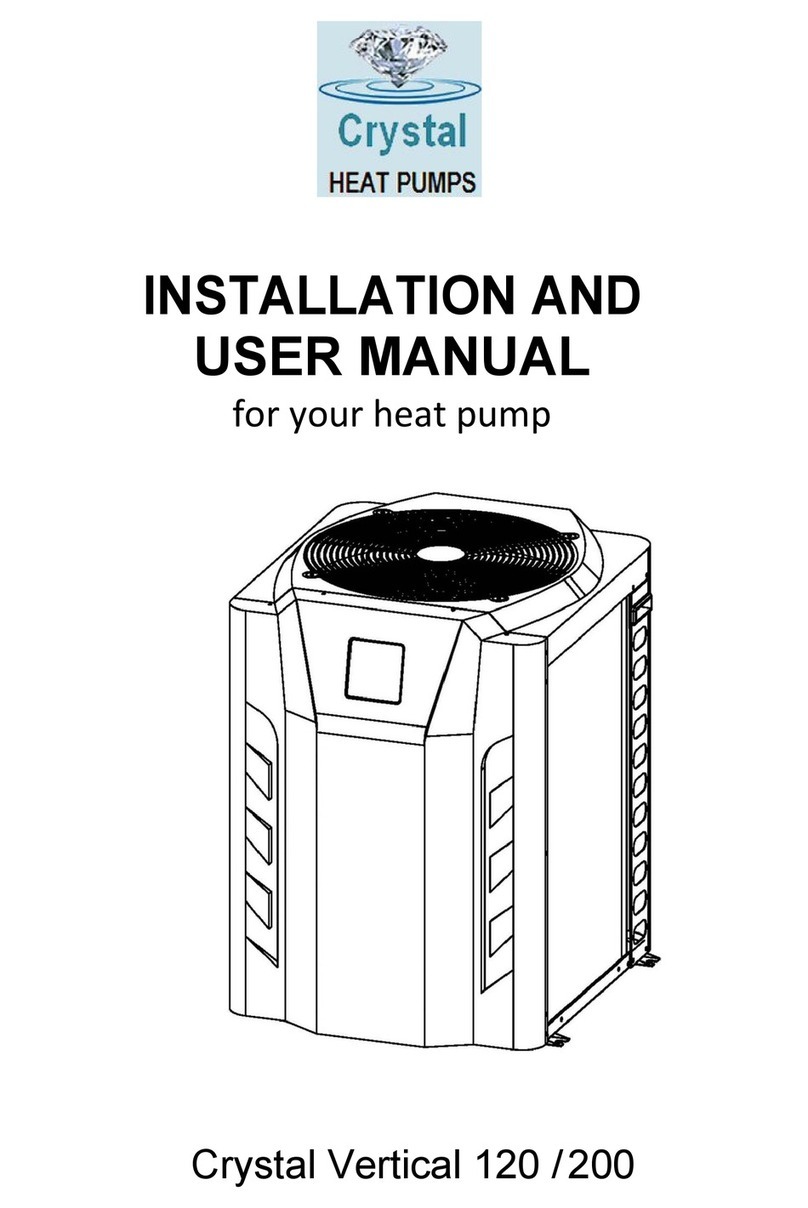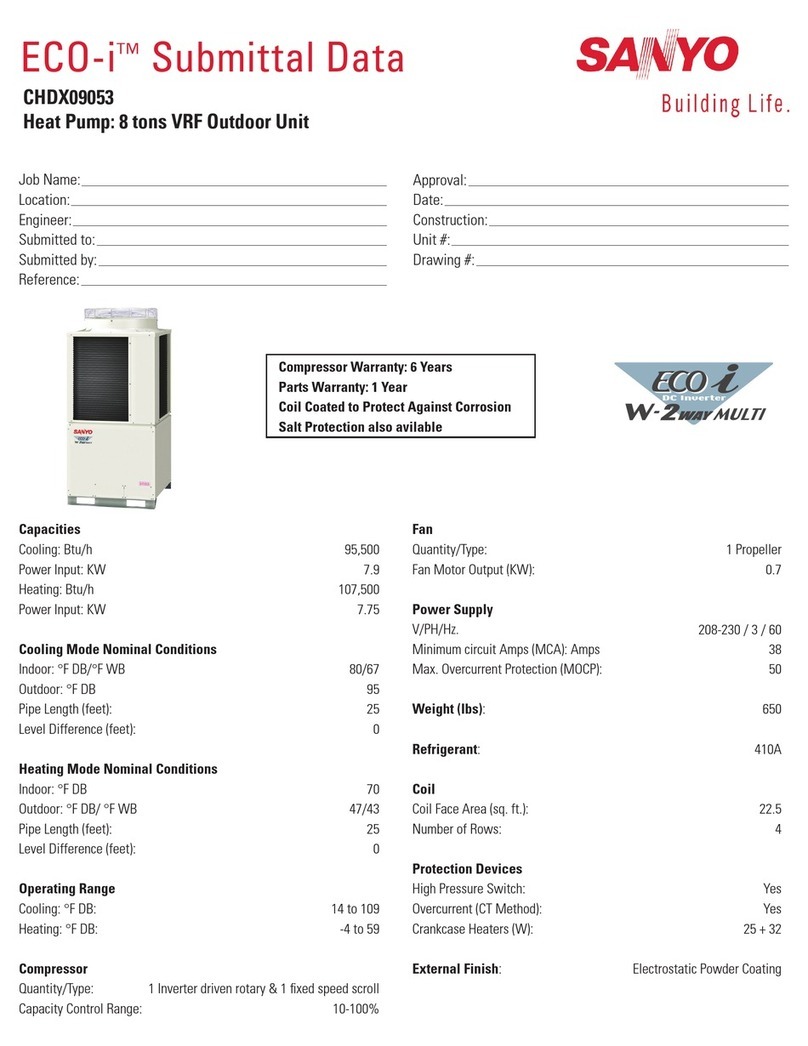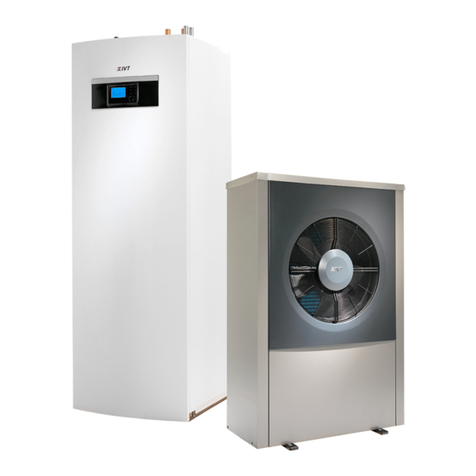
3
Contents
1.
General
..........................................................................................................................................................................................................
4
1.1 General Terms of Delivery..................................................................................................................................................4
1.2 Safety Instruction.................................................................................................................................................................4
1.3 Water treatment................................................................................................................................................................... 5
2.
Description
...................................................................................................................................................................................................
6
2.1 Package contents................................................................................................................................................................ 6
2.3 Technical Specification....................................................................................................................................................... 7
2.4 Unit dimension..................................................................................................................................................................... 8
2.5 Exploding view..................................................................................................................................................................... 9
3.
Installation
.................................................................................................................................................................................................
10
3.1
Pre-requirements
..............................................................................................................................................................................
10
3.2
Location
..............................................................................................................................................................................................
10
3.3 Installation layout.............................................................................................................................................................. 11
3.4 Connecting the condensation draining kit..................................................................................................................... 11
3.5 Installing the unit on noise-damping supports.............................................................................................................. 11
3.6 Hydraulic connection........................................................................................................................................................ 12
3.7 Electrical installation......................................................................................................................................................... 14
3.8 Electrical connection.........................................................................................................................................................15
4.
Use...............................................................................................................................................................................................16
4.1 Wired remote control........................................................................................................................................................ 16
4.2 Operating mode selector..................................................................................................................................................17
4.3 Setting the clock................................................................................................................................................................ 18
4.4 Programming Start/Stop...................................................................................................................................................18
4.5 Activating a program......................................................................................................................................................... 18
4.6 Forced deicing function................................................................................................................................................... 19
4.7 Enable / Disable LEDs......................................................................................................................................................19
4.8 Status values......................................................................................................................................................................20
4.9 System parameter query..................................................................................................................................................21
5.
Operation
...................................................................................................................................................................................................
24
5.1
Operation
............................................................................................................................................................................................
24
5.2 Using the pressure gauge................................................................................................................................................25
6.
Maintenance and servicing...................................................................................................................................................26
6.1 Maintenance and servicing.............................................................................................................................................. 26
6.2 Winter storage................................................................................................................................................................... 26
7.
Repairs
........................................................................................................................................................................................................
27
7.1 Breakdowns and faults..................................................................................................................................................... 27
7.2 List of faults........................................................................................................................................................................ 28
8.
Wiring diagram.........................................................................................................................................................................29





















